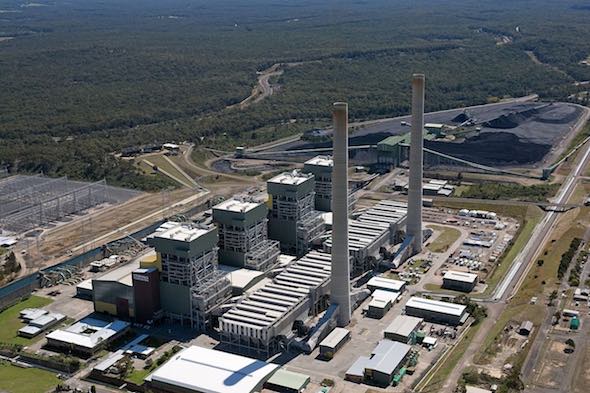As federal parliament prepares to undertake yet another review of Australia’s future energy system needs, it’s as good a time as any to remind the federal energy minister who requested said review why so-called “baseload” generation is rapidly becoming a thing of the past.
As it happens, this was one of the key takeaways from a Smart Energy Council webinar on Wednesday, in which a collection of energy market analysts discussed the very subject of Australia’s Rapidly Changing Electricity Market.
According to Tristan Edis, a director at Green Energy Markets, Australia will need some new power plant capacity to comfortably cover the exit of the next major coal generator, which he said could well be Origin Energy’s Eraring as early as 2025. But that new capacity is almost certainly not going to come from new gas plant and it definitely, absolutely should not involve a new coal plant.
“Solar and wind are not a complete replacement and new dispatchable capacity is required. New transmission will help too,” Edis told told the webinar hosted by SEC CEO John Grimes and featuring Johanna Bowyer and Tim Buckley from IEEFA and Tim Finnigan from Numantian Advisory.
“The thing to keep in mind is … what is needed [to fill near future generation gaps] is short duration bursts of a few hours in the evening,” Edis said.
“So we don’t need baseload to replace the closing coal, we need something that is only going to be used for short periods of time.
“And what our analysis finds is, there in the middle of the day, typically you’ve got more solar available… so there’ll be some spillage of excess renewables … and that creates a window of advantage to dispatchable plant that is storage, essentially, that can charge up and consume power in the middle of the day, and then dispatch that later on in the evening.”
Edis went on to explain that challenge for the market, in this case, was that to meet the required levels of investment in this sort of disptachable energy storage capacity, such as big batteries, investors would have to be confident that a coal plant would exit – and the more certain they could be about that, and when it would happen, the better for the investment.
This, of course, is one of the big challenges for the the team putting together the proposed re-write of Australia’s energy market rules under the auspices of the Energy Security Board.
“You also want to be confident the government isn’t going to go in and build their own plant and underwrite their own capacity that might erode the opportunity for your plant,” Edis told the webinar.
“And so, we’ve got an issue here where we need people to be investing in new dispatchable capacity. But we have this uncertainty about, well, when’s the coal guy going to go, because otherwise, I’m not going to be profitable myself.”
Will this issue get an airing with Angus Taylor’s new committee? It certainly seems to fit the brief, which according to the committee chair, Queensland LNP member Ted O’Brien, is to investigate the need for new generation and storage capacity within the energy system.
Alas, as RenewEconomy reported on Thursday, early comments from O’Brien suggest the committee will likely be an exercise in re-hashing old arguments that fossil fuel generators needs to be propped up, and that renewables cannot deliver an affordable and reliable energy system.
We look forward to being proven wrong.










